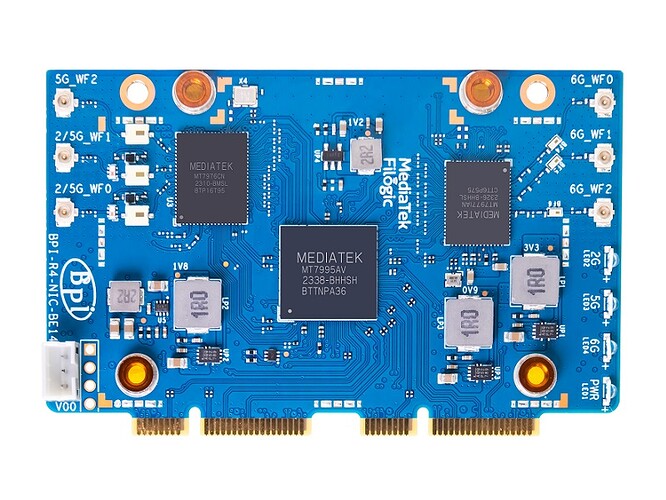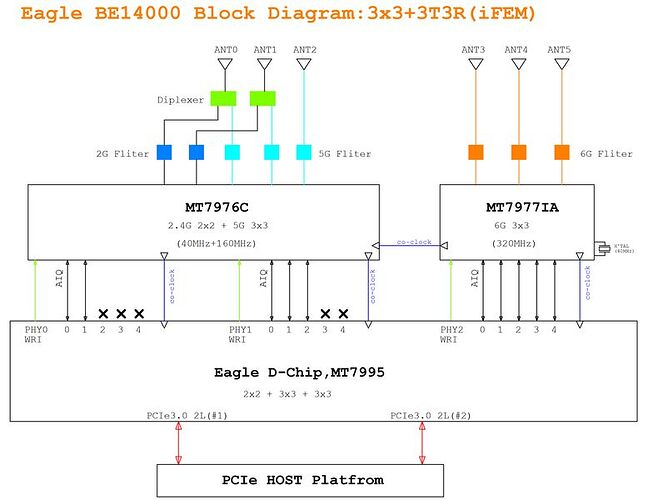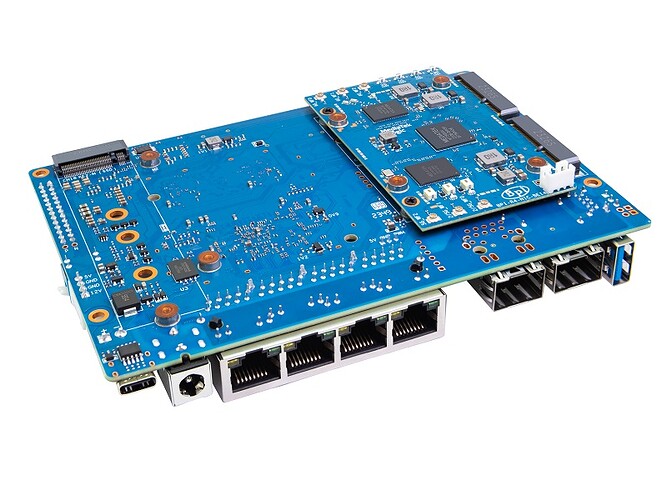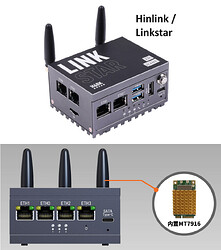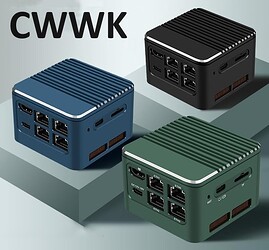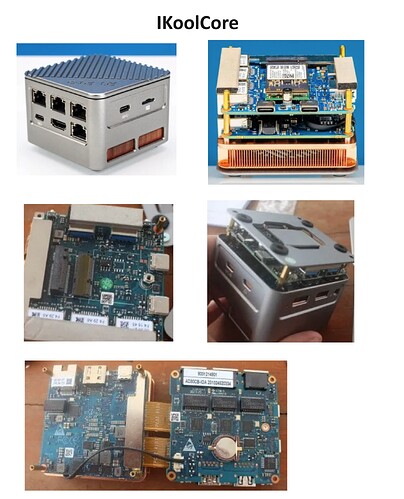Hello Bart_K,
you speek my mind:
speed, performance, stability, qos, amount of clients.
And additionally:
heatsink, power consumption, temperature overview, planned release date, price, dxf files …
→ all of this points compared with the taller Wifi 7 board (10/14 antennas). I’m a very curious guy and I would like to understand the pro points which speaks for the board.
I like this litte board, but this is not a scientific view.
I’m here since over a year, some days ago, for the first time I had to report a post. It was about this board (the words are poor language). It shows me, that this topic causes emotions! I think understanding the other site is the key for acceptance!
Generally:
The board is signd with V00. The bigger boad has also V00.
I would not sell my soul, but may flirting with the devil to know where we are. Do V00 mean prototype?
Since the information about “OpenWrt One/AP-24.XY” are out, I’m in love with the MMCX connector:
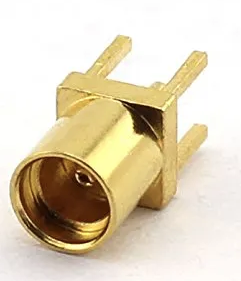
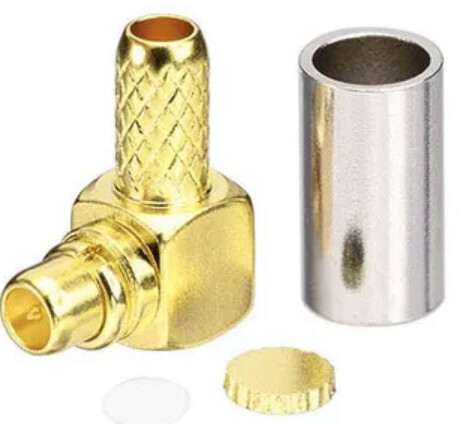
Shortening the cable is also on an U.FL cable possible. This could be done on the SMA side. But the MMCX is more reliable.
I know, there are many points against it. But also points which speaks for it (especially DIY)! For the BPI-R3 I would not mentioned it, becase of the limitet space. But now with the additional board the situation changed.
So maybe next time  ?
?
Board Design:
I’m hoping Sinovoip stays at the concept of an external WiFi Board. And I mean not because of “we have to do it” there is no space on the main board! I thought I had read on the OpenWrt One/AP-24.XY - project, that the Wifi chips should be on the main board (like a roof should be on a car). As a reliability test guy, i know how bad it could be to have contact problems. As this guy I have to say → bigger main board and all components soldered together  .
But as a maker i want to have a choice
.
But as a maker i want to have a choice  !
!
I congratulate for staying at the same main board size like the other router boards  .
.
What i whished that card would be:
Last days I read much about pure OS, lineageOS and the fairphone. Comparing the different strategies → to make the world better in different aspects.
But beeing relistic, could the next future WiFi cards be the new part of the Banana Pi business strategy:
→ reducing development costs because of component reusability for instance for R4 AND R4 mini.
→ I’m talking about a sandwitch design with space between the layers for cooling! I not only mean the “mini” → I also mean the big router models.
→ layers/cards for a fan, RJ45 expansion, wifi …
A major point on R3 mini, OpenWrt One/AP-24.XY and R4 are the amount of RJ45 connections. A additional board with 3 (mini) or 6 more RJ45 jacks would make a difference and could reused for the next router board generations…
It is just a suggestion!
The BPI-R3 mini was a huge step in case design. The end customer was the target? But what makes R3 mini so special? It’s just a rhetorical question (I like Mediatek combined with OpenWRT). Could more w-Lan antennas or an additional SFP cage change the game? I think so (esspacially for the SFP cage, because of Internet over fiber optics). The SFP was a breakthrough for BananaPI. If you get this in a little square box than you have something which is more special. And like the wifi board, it could be recycled in the next generation.
The compeditors in this area are :
Summary:
→ I’m a fan of MMCX antenna sockets and because of recycling I would like as much as possible single components witch are arranged one above the other.
